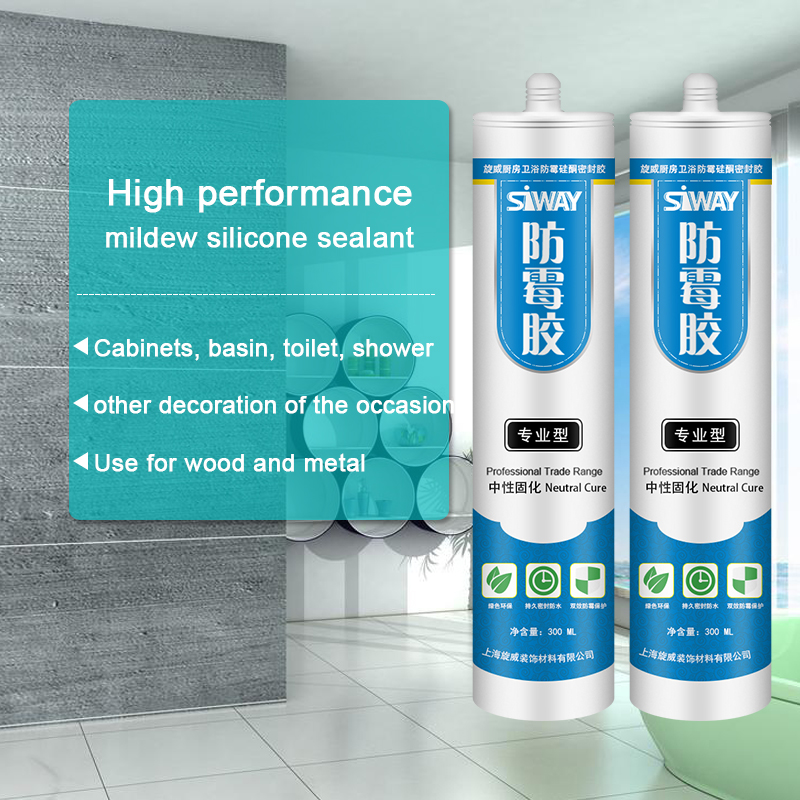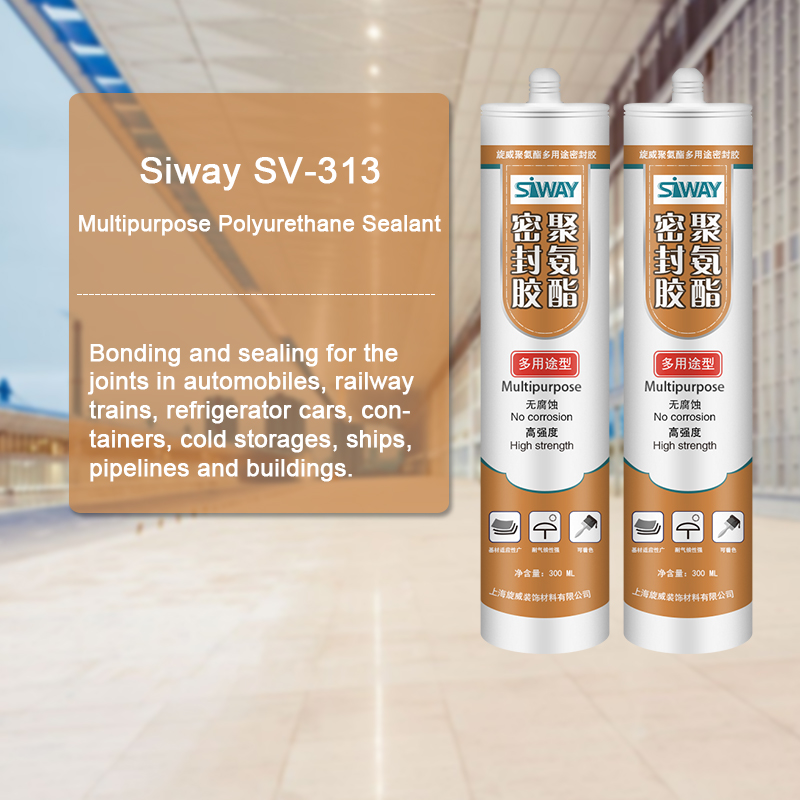18 Years manufacturer SV-8800 Silicone Sealant for Insulating Glass for Provence Factories
Short Description:
Description SV-8800 is two components, high modulus; neutral curing silicone sealant specifically developed for assembly of high performance insulated glass units as secondary sealing material. Where to use It is a two-component silicone that offers variable work life with high bonding strength to maintain the integrity of insulating glass unit, suits both commercial and residential IGU. Key Features 1. High Modulus 2. UV resistance 3. Low vapor and gas transmission 4. Primerless adhesion...
The very rich projects management experiences and one to one service model make the high importance of business communication and our easy understanding of your expectations for 18 Years manufacturer SV-8800 Silicone Sealant for Insulating Glass for Provence Factories, All the opinions and suggestions will be greatly appreciated! The good cooperation could improve both of us into better development!
Description
SV-8800 is two components, high modulus; neutral curing silicone sealant specifically developed for assembly of high performance insulated glass units as secondary sealing material.
Where to use
It is a two-component silicone that offers variable work life with high bonding strength to maintain the integrity of insulating glass unit, suits both commercial and residential IGU.
Key Features
1. High Modulus
2. UV resistance
3. Low vapor and gas transmission
4. Primerless adhesion to coated glass
5. 100% compatible to SV-8890
Technical data sheet
| Test standard | Test project | Unit | value |
| Before curing——25℃,50%R.H. | |||
| GB13477 | Specific gravity(After mixing) | 1.33 | |
| GB13477 | Operating time | min | 20-40 |
| GB13477 | surface drying time(25℃,50%R.H.) | min | 80-188 |
| corrosivity | No | ||
| 7 days after curing——25℃,50%R.H. | |||
| GB/T 531 | Durometer Hardness | Shore A | 40 |
| GB13477 | The tensile modulus at 12.5% elongation | Mpa | 0.18 |
| The ultimate tensile strength | Mpa | 0.92 | |
| GB13477 | Elongation limit (fracture) | % | 150 |
Certification
GB-24266-2009;
Color
Component A(Base) – White, Component B(Catalyst)- Black
Package
1. Component A(Base): (190L), Component B(Catalyst) (18.5L)
2. Component A(Base):24.5kg (18L), Component B(Catalyst): 1.9kg (1.8L)
Shelf life
12 months
Note
If you want the TDS or MSDS or other details, please contact with our sales person.
https://www.drenergysaver.com | 1-888-225-6260
A properly air sealed and insulated attic is the most important component of a green, energy efficient home. An inefficient attic causes energy waste in many ways.
Due to a physics phenomena known as the “stack effect”, the air inside a building moves upwards, towards the upper levels of the house. If the attic is unsealed, all the conditioned air that you paid to heat and cool, will leak into the attic and escape to the outside.
On hot days throughout the year, the roof shingles absorb a lot of the sun’s heat that then radiates into the attic, causing an attic to reach temperatures of up to 150 degrees! That heat will then be transferred to your living space and make your home uncomfortable and hard to cool.
Air ducts running through unconditioned and improperly insulated attics make for an even bigger source of energy waste. During the summer, metal ducts are conducting the air that you paid to cool through a scorching attic. The cool air is being re-heated before it reaches the rooms in your house! During the winter, the opposite happens. The hot air is reduced through the metal ducts that run through a freezing cold attic.
An energy efficient attic features a combination of thorough air sealing, a layer of insulation within the U.S. Department of Energy R-Value recommendations, and proper roof vents to prevent mold and ice damming. Air ducts that run through an unconditioned attic also need to be air sealed and properly insulated.
If you would like to make your home more comfortable and energy efficient trust your local Dr. Energy Saver home energy conservation specialist:.
we show you how to repair your rubber/plastic worms




